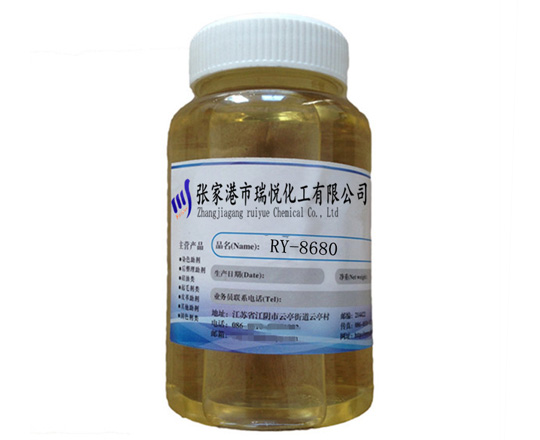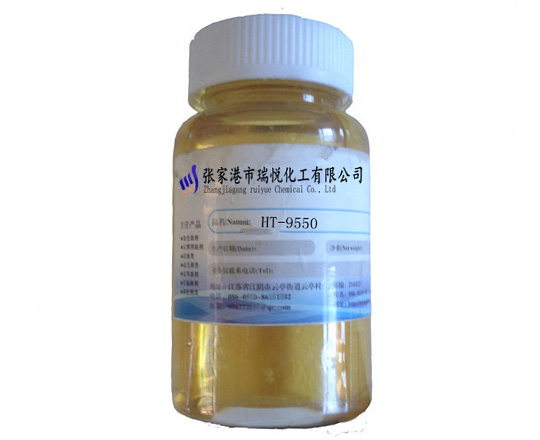This is how the composition of clothing fabrics should be identified
The easy way to identify the composition of clothing fabrics is the burning method. The method is to draw a strand of cloth yarn containing warp and weft at the seam of the garment. Ignite it with fire. Check the status of the burning flame. Smell the smell of cloth yarn after burning. See what remains after burning. Therefore, it is determined whether the fabric composition is consistent with the fabric composition marked on the clothing durability label. In order to distinguish the authenticity of the fabric composition.
1. Cotton fiber and hemp fiber
Cotton fiber and hemp fiber are both combustible just near the flame. Burns quickly. The flame was yellow. Blue smoke. The difference between the two smells when burning and the ashes after burning is. Burning cotton gives off the smell of paper. The hemp burns and gives off the smell of plant ash: after burning. Cotton has very little powder ashes. It is black or gray. Hemp produces a small amount of off-white powder ashes.
2. Wool fiber and silk
Mao caught fire and smoked. Foaming when burning. The burning speed is slower. It emits a burnt smell of burning hair. After burning, the ashes are mostly shiny black spherical particles. The fingers shattered as soon as they were crushed. The silk shrank into a ball when it met the fire. The burning speed is slower. Accompanied by hissing sound. Exudes the smell of burnt hair. After burning, it forms small dark-brown spherical ashes. Hand twist is broken.
3. nylon and polyester
nylon scientific name polyamide fiber. Near the flame, it quickly shrinks and melts into a white gel. Melt and burn in the flame, dripping and blistering. There is no flame when burning. It is difficult to keep burning away from the flame. Exudes the celery flavor. The light brown melt is not easy to grind after cooling. The scientific name of polyester is polyester fiber. Easy to ignite. It melts near the flame. When it burns, it melts and emits black smoke. It is yellow flame. Exudes an aromatic smell. The ashes after burning are dark brown lumps. It can be broken with fingers.
4. acrylic and polypropylene
Acrylic fiber scientific name polyacrylonitrile fiber. Near fire softens and shrinks. Black smoke after catching fire. The flame is white. It burns quickly after leaving the flame. It emits a bitter smell of burning meat. The ashes after burning are irregular black lumps. Hand twist is fragile. The scientific name of polypropylene fiber is polypropylene fiber. It melts near the flame. Flammable. It burns slowly away from the fire and emits black smoke. The upper part of the flame is yellow. The bottom is blue. Exudes the smell of oil. The ashes after burning are hard round light yellow brown particles. Hand twist is fragile.
5. Vinylon and Chlorine
Vinylon scientific name polyvinyl formal fiber. Not easy to ignite. Near flame melting compression. There is a little flame at the top when burning. When the fibers are melted into a jelly, the flame becomes larger. There is thick black smoke. Exudes a bitter scent. After burning, small black beads are left. Can be crushed with fingers. The scientific name of polyvinyl chloride fiber is polyvinyl chloride fiber. Hard to burn. The fire is extinguished. The flame was yellow. Green white smoke at the bottom. It has a pungent, pungent and sour taste. After burning, the ashes are dark brown irregular lumps. Fingers are not easy to twist.
6. spandex and fluorine fiber
The scientific name of spandex is polyurethane fiber. Melting and burning near the fire. The flame is blue when burning. Continue to melt away from the fire. Exudes a particularly pungent odor. After burning, the ashes are soft and fluffy black ash. The scientific name of fluorine fiber is polytetrafluoroethylene fiber. The ISO organization calls it fluorite fiber. Only melt near the flame. Hard to ignite. Does not burn. The edge flame is blue-green carbonized. Melt and decompose. The gas is toxic. The melt is hard round black beads. Fluorine fiber is often used in the textile industry to make high-performance sewing threads.
7. viscose fiber and cuproammonium fiber
Viscose fiber is flammable. The burning rate is very fast. The flame was yellow. Smell of burning paper. Less ash after burning. It is a light gray or off-white fine powder in the form of a smooth twisted ribbon. The common name of copper ammonium fiber is Tiger Kapok. Burns near the flame. The burning speed is fast. The flame was yellow. Distributing ester sour. There is very little ash after burning. Only a small amount of gray black gray.
1. Cotton fiber and hemp fiber
Cotton fiber and hemp fiber are both combustible just near the flame. Burns quickly. The flame was yellow. Blue smoke. The difference between the two smells when burning and the ashes after burning is. Burning cotton gives off the smell of paper. The hemp burns and gives off the smell of plant ash: after burning. Cotton has very little powder ashes. It is black or gray. Hemp produces a small amount of off-white powder ashes.
2. Wool fiber and silk
Mao caught fire and smoked. Foaming when burning. The burning speed is slower. It emits a burnt smell of burning hair. After burning, the ashes are mostly shiny black spherical particles. The fingers shattered as soon as they were crushed. The silk shrank into a ball when it met the fire. The burning speed is slower. Accompanied by hissing sound. Exudes the smell of burnt hair. After burning, it forms small dark-brown spherical ashes. Hand twist is broken.
3. nylon and polyester
nylon scientific name polyamide fiber. Near the flame, it quickly shrinks and melts into a white gel. Melt and burn in the flame, dripping and blistering. There is no flame when burning. It is difficult to keep burning away from the flame. Exudes the celery flavor. The light brown melt is not easy to grind after cooling. The scientific name of polyester is polyester fiber. Easy to ignite. It melts near the flame. When it burns, it melts and emits black smoke. It is yellow flame. Exudes an aromatic smell. The ashes after burning are dark brown lumps. It can be broken with fingers.
4. acrylic and polypropylene
Acrylic fiber scientific name polyacrylonitrile fiber. Near fire softens and shrinks. Black smoke after catching fire. The flame is white. It burns quickly after leaving the flame. It emits a bitter smell of burning meat. The ashes after burning are irregular black lumps. Hand twist is fragile. The scientific name of polypropylene fiber is polypropylene fiber. It melts near the flame. Flammable. It burns slowly away from the fire and emits black smoke. The upper part of the flame is yellow. The bottom is blue. Exudes the smell of oil. The ashes after burning are hard round light yellow brown particles. Hand twist is fragile.
5. Vinylon and Chlorine
Vinylon scientific name polyvinyl formal fiber. Not easy to ignite. Near flame melting compression. There is a little flame at the top when burning. When the fibers are melted into a jelly, the flame becomes larger. There is thick black smoke. Exudes a bitter scent. After burning, small black beads are left. Can be crushed with fingers. The scientific name of polyvinyl chloride fiber is polyvinyl chloride fiber. Hard to burn. The fire is extinguished. The flame was yellow. Green white smoke at the bottom. It has a pungent, pungent and sour taste. After burning, the ashes are dark brown irregular lumps. Fingers are not easy to twist.
6. spandex and fluorine fiber
The scientific name of spandex is polyurethane fiber. Melting and burning near the fire. The flame is blue when burning. Continue to melt away from the fire. Exudes a particularly pungent odor. After burning, the ashes are soft and fluffy black ash. The scientific name of fluorine fiber is polytetrafluoroethylene fiber. The ISO organization calls it fluorite fiber. Only melt near the flame. Hard to ignite. Does not burn. The edge flame is blue-green carbonized. Melt and decompose. The gas is toxic. The melt is hard round black beads. Fluorine fiber is often used in the textile industry to make high-performance sewing threads.
7. viscose fiber and cuproammonium fiber
Viscose fiber is flammable. The burning rate is very fast. The flame was yellow. Smell of burning paper. Less ash after burning. It is a light gray or off-white fine powder in the form of a smooth twisted ribbon. The common name of copper ammonium fiber is Tiger Kapok. Burns near the flame. The burning speed is fast. The flame was yellow. Distributing ester sour. There is very little ash after burning. Only a small amount of gray black gray.






